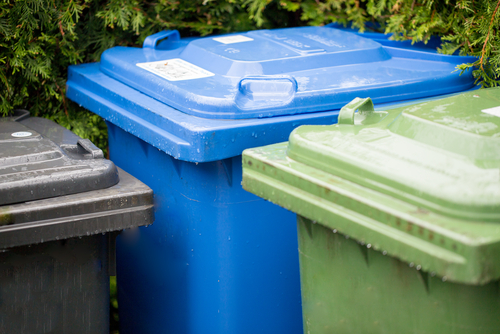Waste management systems vary dramatically across the globe, reflecting each country’s economic resources, cultural values, and environmental priorities. From high-tech automated systems in wealthy nations to community-based solutions in developing countries, understanding these differences reveals how societies approach one of their most basic challenges.
Every day, the world generates over 2 billion tons of municipal solid waste annually. By 2050, this figure is projected to increase by 70%, making effective waste collection more critical than ever. The methods used to collect this trash tell a compelling story about innovation, necessity, and adaptation to local conditions.
Some countries have embraced cutting-edge technology, using underground pneumatic systems and AI-powered sorting. Others rely on traditional methods that have served communities for generations. Each approach offers valuable lessons about sustainability, efficiency, and community engagement.
Advanced Automated Systems
Sweden’s Underground Revolution
Sweden has pioneered underground pneumatic waste collection systems in several cities. Residents deposit their trash into strategically placed inlets connected to underground tubes. Powerful suction systems transport waste at speeds up to 70 kilometers per hour to central collection facilities.
This system eliminates the need for garbage trucks in dense urban areas, reducing traffic congestion and air pollution. The automated sorting facilities separate recyclables using optical scanners and magnetic separators, achieving recycling rates above 99%.
Japan’s Precision Approach
Japanese waste collection operates with remarkable precision and community participation. Residents must sort waste into multiple categories, including burnable, non-burnable, recyclable, and hazardous materials. Each category has specific collection days and designated pickup locations.
Many Japanese municipalities use color-coded bags and require residents to attach identification tags. This system achieves some of the world’s highest recycling rates while maintaining exceptionally clean streets and neighborhoods.
Singapore’s Smart Bins
Singapore has deployed thousands of smart waste bins equipped with sensors throughout the city-state. These bins monitor fill levels and automatically alert collection crews when emptying is needed. The system optimizes collection routes, reducing fuel consumption and operational costs.
The smart bins also compress waste automatically, increasing capacity by up to 80%. Solar panels power the compaction mechanism, making the system entirely self-sufficient.
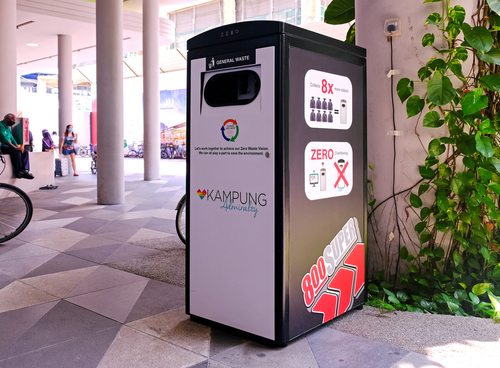
Community-Based Collection Systems
Brazil’s Cooperative Networks
Brazilian cities often rely on cooperative networks of waste pickers called “catadores.” These organized groups collect recyclable materials from residential and commercial areas, earning income by selling sorted materials to recycling facilities.
The cooperatives provide essential services while offering economic opportunities to low-income communities. Cities like São Paulo have formalized these relationships, providing equipment, training, and guaranteed collection routes to cooperative members.
India’s Informal Sector Integration
India’s waste collection combines formal municipal services with extensive informal networks. Waste pickers, known locally as “kabadiwallas,” collect valuable materials from households and businesses. They sort, clean, and sell these materials to recycling operations.
Recent initiatives have worked to integrate informal waste workers into official systems, providing identification cards, safety equipment, and access to social services. This approach recognizes their valuable contributions while improving working conditions.
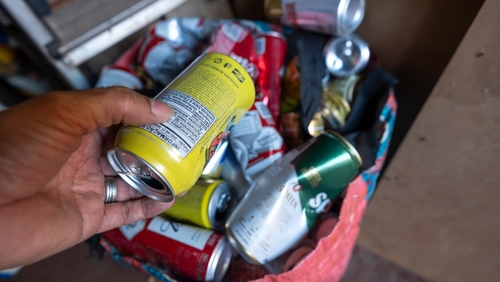
Innovative Transportation Methods
Netherlands’ Cargo Bike Revolution
Dutch cities increasingly use electric cargo bikes for waste collection in dense urban areas. These bikes can navigate narrow streets and pedestrian zones where traditional garbage trucks cannot operate effectively.
The cargo bikes reduce noise pollution, eliminate emissions, and allow for more frequent collection schedules. Some municipalities have reported 40% reductions in collection costs after switching to bike-based systems in city centers.
Egypt’s Donkey Cart Networks
Cairo’s Zabbaleen community has collected the city’s waste using donkey carts for generations. These collectors sort materials in their neighborhoods, achieving recycling rates that exceed 80% through meticulous hand-sorting processes.
While the methods appear traditional, the system’s efficiency rivals modern automated facilities. The Zabbaleen have developed sophisticated sorting techniques and maintain extensive networks of buyers for different materials.
Venice’s Boat Collection
Venice’s unique geography requires waste collection by boat. Specialized waste collection vessels navigate the city’s canals daily, collecting bags from designated pickup points along the waterways.
The boats feature hydraulic lifting systems to efficiently load containers from canal-side platforms. Collection crews coordinate with tidal schedules to ensure boats can access all areas of the city.
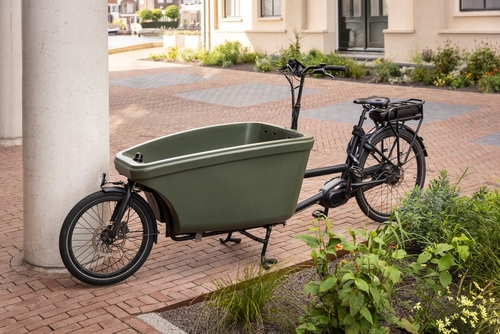
Challenges and Solutions Worldwide
Rural Collection Difficulties
Remote rural areas face unique waste collection challenges due to scattered populations and difficult terrain. Many countries have developed mobile collection systems using trucks that visit villages on rotating schedules.
Some regions use community collection points where residents bring their waste to centralized locations. These systems require strong community organization but can effectively serve areas where door-to-door collection is impractical.
Seasonal Variations
Tourist destinations must adapt their collection systems to handle dramatic seasonal variations in waste generation. Coastal communities may see waste volumes triple during summer months, requiring flexible staffing and equipment arrangements.
Some cities deploy temporary collection points and additional vehicles during peak seasons. Others invest in higher-capacity equipment that can handle volume fluctuations throughout the year.
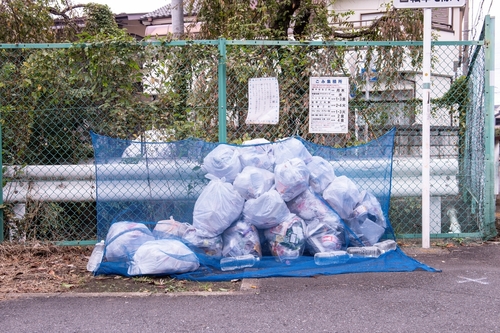
Environmental Impact Considerations
Waste collection methods significantly impact local environments and global climate goals. Electric collection vehicles reduce air pollution in urban areas but require substantial infrastructure investments.
Frequent collection schedules improve sanitation but increase fuel consumption and emissions. Cities must balance these competing priorities while meeting budget constraints and service expectations.
Many municipalities now use route optimization software to reduce collection distances and fuel usage. These systems consider traffic patterns, bin locations, and vehicle capacities to create the most efficient possible routes.
Frequently Asked Questions
Which countries have the most efficient waste collection systems?
Northern European countries like Sweden, Denmark, and the Netherlands consistently rank highest for waste collection efficiency. These nations combine advanced technology, strong regulatory frameworks, and high public participation rates to achieve excellent results.
How do developing countries handle waste collection with limited budgets?
Developing countries often rely on informal sector workers, community-based programs, and international aid to supplement limited municipal budgets. Many have found that supporting and formalizing existing informal networks can be more cost-effective than building entirely new systems.
What role does technology play in modern waste collection?
Technology increasingly helps optimize routes, monitor bin fill levels, automate sorting processes, and track recycling rates. However, successful systems still require strong community participation and adequate funding for equipment maintenance and staff training.
How do island nations manage waste collection challenges?
Island nations face unique challenges due to limited disposal space and high transportation costs. Many focus heavily on waste reduction, composting programs, and shipping recyclables to mainland facilities for processing.
How Do Cultural Practices Around Death Influence Trash Management in Different Countries?
Cultural practices significantly shape trash management, especially in relation to mourning rituals across diverse cultures. In some societies, elaborate ceremonies involve extensive waste, while others emphasize minimalism and eco-friendly practices. These rituals dictate the disposal of materials, affecting local waste systems and highlighting the intersection of culture and environmental stewardship.
Building Better Systems for Tomorrow
Effective waste collection requires more than just picking up trash. The best systems worldwide share common elements: strong community participation, appropriate technology for local conditions, and integration with broader environmental goals.
Countries can learn from each other’s successes and adapt proven approaches to their specific circumstances. Whether using high-tech automation or community-based networks, the key is matching collection methods to local needs, resources, and priorities.
As waste generation continues growing globally, these diverse approaches offer hope that every community can develop effective, sustainable collection systems. The challenge lies in scaling successful models while preserving what works best in each unique context.
